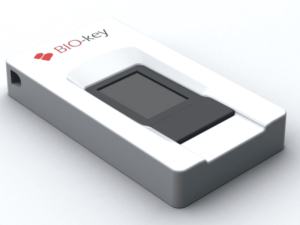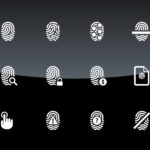“The client is deploying hundreds of EcoID fingerprint readers across its organization, allowing staff to log into its internal network using BIO-key’s ID Director for Windows authentication software.”

BIO-key continues to enjoy a rising profile in the law enforcement sector, with another national police force opting to use its biometric authentication technology to protect internal assets.
The New Jersey-based fingerprint biometrics specialist hasn’t named its client, but did confirm that it’s the national police force of a South American country. The client is deploying hundreds of EcoID fingerprint readers across its organization, allowing staff to log into its internal network using BIO-key’s ID Director for Windows authentication software.
The news comes after BIO-key’s announcement earlier this year that the Singapore Police Force would use its biometric technology to regulate access to IT assets, and after a more recent deal with an unnamed client in the government defense sector. This all suggests that a growing number of government security and policing organizations are looking to biometric technology to help keep their internal assets secure, and opting for BIO-key solutions to that end.
“We are proud that another respected and innovative national police organization has selected BIO-key’s biometric solutions to secure access to their critical networks and data,” commented BIO-key CEO Mike DePasquale in a statement announcing the latest order. DePasquale added later, “We view this contract as further confirmation of the strength of our technology and proven solutions as well as the growing urgency for organizations of all types to take action to secure their networks and devices.”
The announcement also arrives just a few weeks after BIO-key’s Q2 update for 2019, in which DePasquale highlighted the development of “several new customer dialogues” expected to result in revenues during the second half of the year.
–
September 10, 2019 – by Alex Perala
Fingerprints are practically synonymous with identity. The unique ridges and whorls on the tips of your finger have been distinguishing one person from another since 1788 when German anatomist Johann Christoph Andreas Mayer discovered that every fingerprint is different.
Biometric fingerprint readers do exactly what their name describes. Using either optical, capacitive, or ultrasound sensor technology, they measure the characteristics of a fingerprint. This can be used to identify an individual by comparing the scanned print to many different templates stored in a database, as is commonly done with criminal background checks, or it can be done on a one-to-one basis in order to authenticate a user. Visit FindBiometrics’ Fingerprint Biometrics page to learn more.







Follow Us